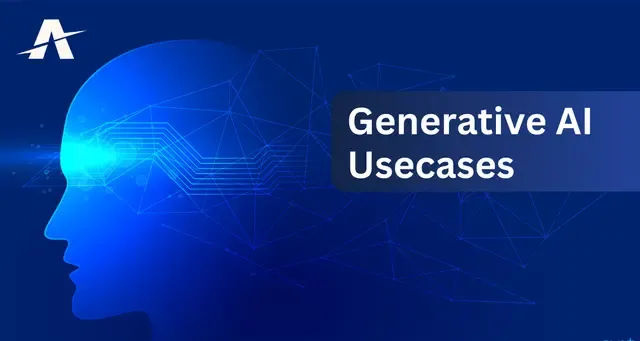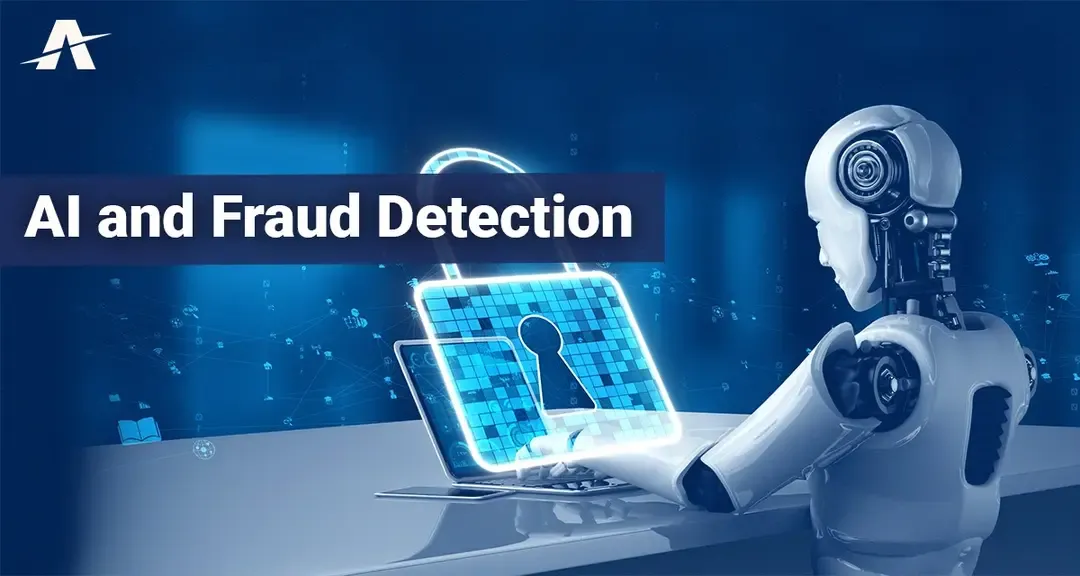
By hiring data visualization developers, businesses can analyse their data and gain valuable insights that can drive informed decision-making. These developers have expertise in creating interactive visualizations that allow users to explore and analyze data in a more intuitive and efficient manner. Their work not only helps in identifying trends and patterns but also facilitates effective communication of complex information to stakeholders.
With the right tools, data visualization developers can create compelling visual representations that engage audiences and enhance the impact of data-driven presentations. Whether it's in the realm of business intelligence, marketing, or finance, these professionals play a pivotal role in improving the way organizations process and share data.
Investing in data visualization developers is no longer an option but a necessity for businesses looking to stay competitive in today's data-driven landscape. So, harness the power of data and hire data visualization developers to take your organization to new heights of success.
The importance of Data Visualization
Visualizing data has several benefits. First and foremost, it enables faster and more effective data analysis. Humans are visual creatures, and we can process visual information much faster than text or numbers. By presenting data visually, data visualization developers make it easier for users to understand and interpret complex information in a shorter amount of time. This, in turn, leads to quicker insights and more informed decision-making.
Additionally, data visualization also enhances data comprehension and retention. When information is presented in a visually appealing and interactive manner, it becomes more engaging and memorable. Users are more likely to remember and understand data when it is presented in a format that is easy to digest and visually appealing. This is particularly important when presenting data to stakeholders or clients who may not have a technical background.
Furthermore, data visualization enables better communication of data insights. Complex data sets often require multiple layers of analysis and interpretation. By visualizing data, developers can effectively communicate their findings to stakeholders, making it easier for them to understand the implications and take appropriate action. This is especially important in fields such as business intelligence, marketing, and finance, where data-driven decisions can have a significant impact on the bottom line.
What are Data Visualization Engineers?
To excel in their role, data visualization developers need to have a solid foundation in data analysis and visualization principles. They should be proficient in programming languages such as Python or R, as well as have experience with data visualization libraries and tools such as Tableau, D3.js, or Power BI. Additionally, they should also have a good understanding of user experience (UX) design principles to ensure that the visualizations they create are not only aesthetically pleasing but also intuitive and user-friendly.
In addition to technical skills, data visualization developers should also possess strong analytical and problem-solving abilities. They need to be able to analyze complex data sets, identify patterns and trends, and translate them into meaningful visual representations. Strong communication skills are also important, as data visualization developers often need to collaborate with stakeholders and explain their findings in a clear and concise manner.
Benefits of hiring Data Visualization Developers
Hiring data visualization developers can bring several benefits to organizations. Here are some of the key advantages of having data visualization developers on your team:
1. Improved Data Analysis:
Data visualization developers have the expertise to analyze complex data sets and identify patterns and trends. By visualizing data, they can make it easier for users to understand and interpret the information, leading to more accurate and insightful data analysis.
2. Enhanced Decision-Making:
Data visualization helps users make sense of data by highlighting key insights and relationships. By hiring data visualization developers, organizations can enable data-driven decision-making and empower their teams to make informed choices based on data insights.
3. Effective Communication:
Visualizing data makes it easier to communicate complex information to stakeholders. Data visualization developers can create visually appealing and intuitive visualizations that facilitate effective communication of data insights, enabling stakeholders to understand and act upon the information more easily.
4. Increased Efficiency:
Data visualization developers can create interactive dashboards and reports that allow users to explore and analyze data in a more efficient manner. This reduces the time spent on data analysis and enables users to quickly find the information they need to make decisions.
5. Improved Stakeholder Engagement:
Visualizations are more engaging and memorable than raw data. By presenting data in a visually appealing and interactive format, data visualization developers can capture the attention of stakeholders and enhance their engagement with the data.
6. Competitive Advantage:
In today's data-driven world, organizations that can effectively leverage their data have a competitive advantage. By hiring data visualization developers, organizations can leverage their data and gain valuable insights that can drive business success.
Overall, hiring data visualization developers is a strategic investment that can have a significant impact on an organization's ability to analyze data, make informed decisions, and communicate effectively with stakeholders.
Examples of effective Data Visualization
1. The New York Time - Olympic Races:
The New York Times created an interactive visualization that allows users to explore and compare the performance of athletes in Olympic races. The visualization uses animated dots to represent athletes and their speed, providing a dynamic and engaging way to visualize the races.
2. NASA - Exoplanet Catalog:
NASA created a visualization that showcases the discovery of exoplanets (planets outside our solar system) using data from the Kepler space telescope. The visualization uses a scatter plot to represent the exoplanets, with each dot representing a planet and its characteristics such as size and distance from its star.
3. Google Trends:
Google Trends is a tool that allows users to explore the popularity of search terms over time. The tool uses line graphs to visualize the search volume of different terms, enabling users to identify trends and patterns in search behavior.
These examples demonstrate the power of data visualization in presenting complex information in a visually appealing and intuitive manner. By using the right combination of colors, shapes, and interactive elements, data visualization developers can create visualizations that engage users and enhance their understanding of the data.
Steps to hiring top Data Engineers
When hiring data visualization developers, it is important to follow a systematic approach to ensure you find the right candidates for your organization. Here are some steps to consider when hiring data visualization developers:
1. Define Your Requirements:
Start by clearly defining your requirements for the role. Consider the specific skills, qualifications, and experience you are looking for in a data visualization developer. This will help you create a targeted job description and attract the right candidates.
2. Source Candidates:
There are several ways to source candidates for data visualization developer roles. You can post job listings on job boards, reach out to professional networks, utilize social media platforms, or engage with specialized recruitment agencies. Be sure to use a combination of these methods to maximize your chances of finding qualified candidates.
3. Review Resumes and Portfolios:
Once you have received applications, review resumes and portfolios to assess the candidates' skills and experience. Look for candidates who have experience working with relevant tools and technologies, as well as a strong portfolio showcasing their data visualization projects.
4. Conduct Interviews:
Conduct interviews with shortlisted candidates to assess their technical skills, problem-solving abilities, and communication skills. Ask candidates to walk you through their previous data visualization projects and explain their design choices and decision-making processes.
5. Practical Coding Exercises:
To assess candidates technical skills, consider giving them practical coding exercises related to data visualization. This will help you evaluate their ability to analyze data, create visualizations, and solve problems.
6. Check References:
Before making a final decision, check references to validate the candidates skills, qualifications, and work ethic. Reach out to their previous employers or colleagues to get a better understanding of their performance and suitability for the role.
7. Collaboration and Cultural Fit:
Data visualization developers often work closely with stakeholders from different departments. It is important to assess candidates ability to collaborate effectively and their cultural fit within your organization. Consider conducting team interviews or involving key stakeholders in the hiring process.
By following these steps, you can ensure that you find the right data visualization developers who have the skills, experience, and cultural fit to excel in your organization.
How to work effectively with Data Engineers
Once you have hired data visualization developers, it is important to establish a collaborative and effective working relationship with them. Here are some tips to help you work effectively with data visualization developers:
1. Clearly Define Expectations:
Clearly communicate your expectations to data visualization developers. Provide them with a clear understanding of the project goals, deadlines, and desired outcomes. This will help them prioritize their work and deliver results that align with your expectations.
2. Collaborate and Provide Feedback:
Data visualization developers rely on feedback to improve their work. Collaborate with them throughout the project, providing feedback and suggestions to ensure that the visualizations meet your requirements. Encourage open communication and be receptive to their ideas and suggestions.
3. Share Data and Insights:
To create effective visualizations, data visualization developers need access to relevant data and insights. Ensure that you provide them with the necessary data sets and insights to support their work. Collaborate with them to identify the key metrics and variables that need to be visualized.
4. Encourage Iteration and Experimentation:
Data visualization is an iterative process. Encourage data visualization developers to experiment with different design elements and visualization techniques. This will help them refine their visualizations and create more impactful and engaging representations of the data.
5. Provide Training and Support:
Data visualization tools and technologies are constantly evolving. Provide data visualization developers with training and support to keep them up to date with the latest tools and techniques. This will enable them to continually improve their skills and deliver high-quality visualizations.
6. Recognize and Appreciate Their Work:
Data visualization is a creative and challenging field. Recognize and appreciate the efforts of data visualization developers when they deliver impactful visualizations. This will not only boost their morale but also motivate them to continue producing high-quality work.
By following these tips, you can foster a productive and collaborative working relationship with data visualization developers, ensuring that you get the most out of their skills and expertise.
Tools and technologies used by Data Visualization Engineers
Data visualization developers utilize a wide range of tools and technologies to create compelling visualizations. Here are some of the key tools and technologies commonly used by data visualization developers:
1. Tableau:
Tableau is a popular data visualization tool that allows users to create interactive dashboards, reports, and charts. It offers a wide range of visualization options and supports various data sources, making it a versatile tool for data visualization.
2. D3.js:
D3.js is a JavaScript library that allows developers to create dynamic and interactive data visualizations on the web. It provides a powerful set of tools for manipulating data and creating custom visualizations using HTML, CSS, and SVG.
3. Power BI:
Power BI is a business intelligence tool that enables users to visualize and analyze data from various sources. It offers a range of visualization options and allows for easy sharing and collaboration on visualizations.
4. Python:
Python is a programming language commonly used in data analysis and visualization. It has several libraries, such as Matplotlib, Seaborn, and Plotly, that provide powerful data visualization capabilities.
5. R:
R is another programming language commonly used in data analysis and visualization. It has several packages, such as ggplot2 and plotly, that enable developers to create high-quality visualizations.
6. Adobe Illustrator:
Adobe Illustrator is a vector graphics editor that is often used to create custom visualizations and design elements. It offers a range of tools for creating and editing graphics, making it a valuable tool for data visualization developers.
These are just a few examples of the tools and technologies used by data visualization developers. The choice of tools and technologies often depends on the specific requirements of the project and the preferences of the developer.
Examples of Case studies showcasing the impact of Data Visualization
To further understand the impact of data visualization, let's take a look at some case studies that highlight
Case Study 1: Improving Customer Experience with Data Visualization
One of the key areas where data visualization developers can make a significant impact is in improving customer experience. A case study conducted by a leading e-commerce company illustrates the power of data visualization in this context. The company was facing challenges in understanding customer behavior and identifying areas for improvement. By hiring data visualization developers, they were able to transform their raw customer data into visually appealing dashboards that provided insights into customer preferences, purchasing patterns, and browsing behavior.
With the help of these visualizations, the company was able to identify trends and patterns that were otherwise hidden in the vast amount of data. This allowed them to personalize their marketing efforts, optimize their website layout, and enhance the overall customer experience. As a result, the company saw a significant increase in customer satisfaction, repeat purchases, and overall revenue.
Case Study 2: Streamlining Business Operations with Data Visualization
Another area where data visualization developers can have a profound impact is in streamlining business operations. A case study involving a multinational manufacturing company highlights the role of data visualization in this context. The company was struggling with inefficiencies in their supply chain and production processes. By hiring data visualization developers, they were able to create interactive dashboards that provided real-time visibility into their operations.
These visualizations allowed the company to identify bottlenecks, track key performance indicators, and make data-driven decisions to optimize their processes. By visualizing their data, the company was able to streamline their supply chain, reduce lead times, and improve overall operational efficiency. This not only resulted in cost savings but also helped the company gain a competitive edge in the market.
Case Study 3: Enhancing Financial Analysis with Data Visualization
Data visualization developers can also play a crucial role in enhancing financial analysis. A case study involving a global investment firm demonstrates the impact of data visualization in this domain. The firm was struggling to analyze and interpret large volumes of financial data from various sources. By hiring data visualization developers, they were able to create interactive visualizations that allowed them to analyze complex financial data in a more intuitive and efficient manner.
These visualizations enabled the firm to identify investment opportunities, track portfolio performance, and make informed investment decisions. By visualizing their financial data, the firm was able to gain insights that were previously inaccessible, leading to improved investment strategies and better returns for their clients.












